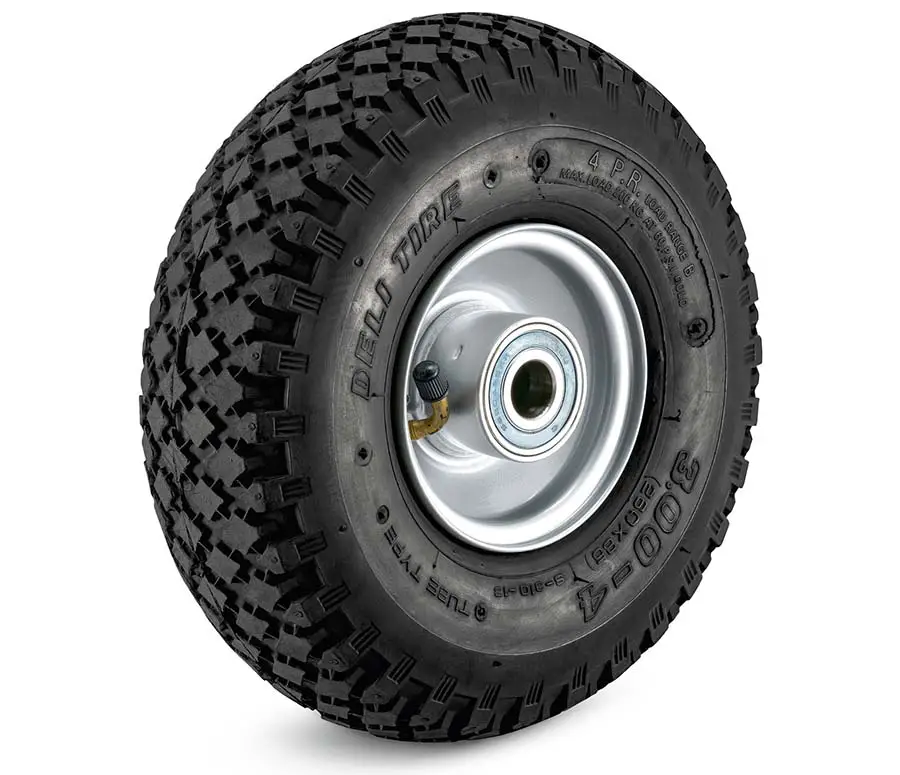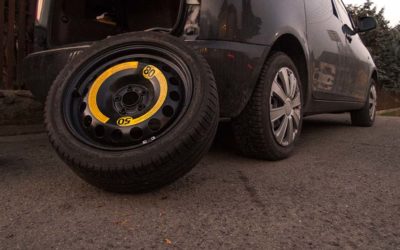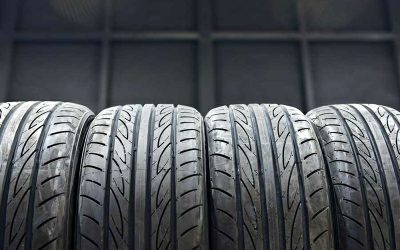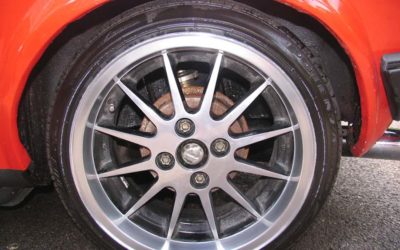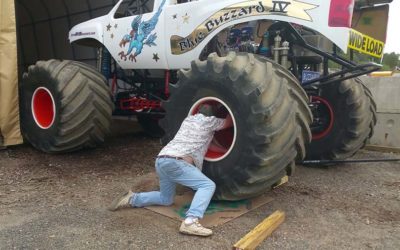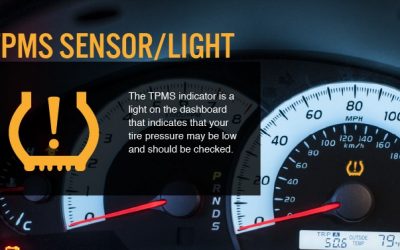The uneven terrain makes your riding experience more inconvenient than ever. Among millions of tires, you receive advice to use air-filled pneumatic tires for your vehicle but are still confused about the definition of this term.
What Are Pneumatic Tires?
Firstly, let’s learn about pneumatic tires meaning and evaluate their working ability to know if the product will help you or not.
What does the term pneumatic tires mean? Please scroll down and discover the answers we’ve put together for you below!
Overview
Pneumatic tires with 100% solid rubber tires design say no to effects of lighting conditions, which is extremely convenient for moving outdoors. Besides, the thickness of the rubber and tread depth also makes this product very durable without worn tread, worthy of its “puncture-resistant tire” nickname.
Among millions of tires, these inflatable tires have excellent adaptability to rough surfaces such as gravel, rocks, wet conditions, or even soft terrain. That’s why drivers could enjoy a smooth ride without getting in any trouble on the road.
So, what about the common type of these scrap tires? They are divided into the air and solid tires based on the structure.
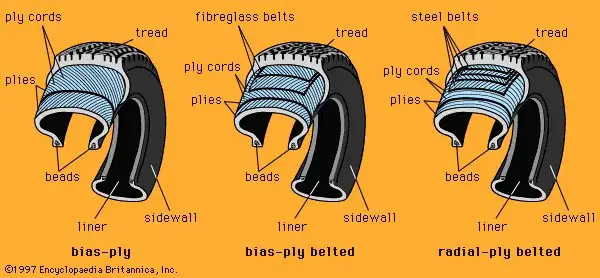
Air-filled pneumatic tires are ideal for small vehicles to be moved outdoors and indoors (for example, wheelbarrow and bicycle tires). Meanwhile, solid tires tend to be thicker and harder to puncture, making them suitable for vehicles that require traveling on rough terrain.
How Do Pneumatic Tires Work?
This product’s mechanism of action is based on supplying pressurized air inside its air-containing core. For the tire to have a better load-carrying capacity, the manufacturer will reinforce some steel straps or other tough material.
Just keep the air pressure inside the products greater than the atmospheric pressure, and these air-filled tires can be ready to move and load easily. When using these air-filled tires, you’d better regularly check to ensure the air pressure is ideal and adjust it to the proper level.
Quick Rundown of Pneumatic Tires?
Everything has two sides, so it is essential to thoroughly evaluate the advantages and disadvantages of the tire performance before making a choice. Scroll down to know more about this product’s strengths and limitations!
Advantages
Shock absorption is a top strength that few flat tire products can match with air-filled pneumatic tires in dry conditions. This advantage gives the driver a smoother ride without too much noise and vibration during bumpy roads.
The thick tread pattern and ideal tread depth play a role in increasing traction for the wheels, making the product work well on both slippery and uneven surfaces. In addition, this tread pattern and tread depth design makes the product more durable and serves to move for a long time before being replaced with a new one.
Disadvantages
The operation of these air-filled tires requires your vehicle to provide them with a sufficiently strong force. Therefore, you will have a little difficulty in the process of starting motion or turning the car.
Over-inflated tires can easily explode, while under-inflated tires can cause tire wear and vibration. You should always keep the amount of air inside your tires moderate to bring a comfortable ride and prevent product hazards.
Final Verdict
Getting all the information you need about air-filled pneumatic tires is the key to getting the best indoor and outdoor experience. Now, you will be able to have the most specific assessment to conclude whether this tire is suitable for your vehicle or not.

